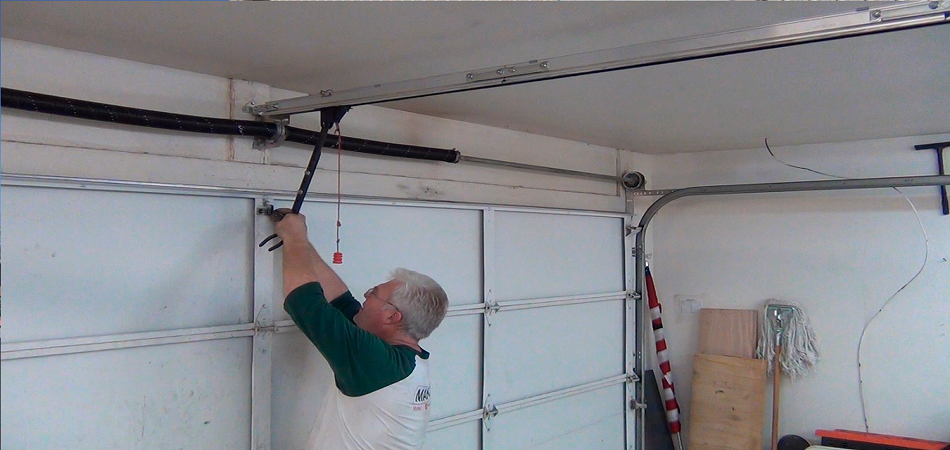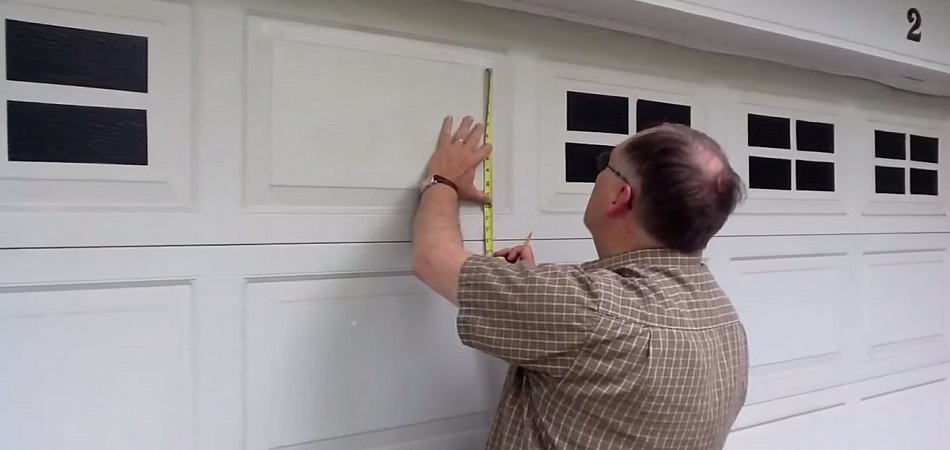
Finding a reliable leather repair service can feel overwhelming when you’re faced with a damaged sofa, a scratched car seat, or a stained leather jacket. The goal isn’t just to fix the problem, but to restore the piece so the repair is durable, invisible, and matches the original look and feel of the leather. The right technician can make the item look like new again. The wrong one can permanently damage the surface, change the texture, or leave visible patchwork.
This guide will walk you through how to search, evaluate, and select a trustworthy leather repair specialist, so you can confidently move forward and protect your investment.
Content
Start With a Search — Then Go Deeper
The most common first step is typing leather repair near me into Google. You’ll get a mix of upholstery shops, automotive detailers, furniture cleaners, and independent leather technicians. These results can be useful, but you shouldn’t choose based on proximity alone.
On the first page of results, look for:
- Technicians who specialize in leather repair (not just upholstery)
- Businesses with a portfolio of before-and-after photos
- Reviews that mention color matching, mobile service, or restoration
Avoid clicking on random ads unless they clearly show real examples of work.
Look for Specialists, Not Generalists
Leather repair is a niche trade that requires knowledge of dyes, finishes, fillers, and leather types such as aniline, semi-aniline, and protected leather. Some businesses—like dry cleaners or detailing shops—add leather repair to their menu without actually specializing in it.
You want someone who:
- Understands preparation steps like cleaning, sanding, and bonding
- Uses professional repair systems rather than craft paint
- Can explain how they color-match and blend repairs into surrounding areas
A true repair tech can walk you through their process without hesitation.
Evaluate Their Portfolio
A reliable leather repair expert isn’t afraid to show close-up shots of their work. Look for:
- Before-and-after photos
- Evidence that they repaired cracks, scratches, fading, or peeling
- Results that show a uniform finish—no shiny or blotchy patches
The best portfolios are usually found on Google Business listings, Instagram, or the company’s website.
Red flag: If they only show distant photos or one “stock image,” keep looking.
Ask the Right Questions
Once you find a technician you like, ask a few questions to confirm their expertise:
- What kind of leather is this?
- Will you repair or recolor the entire panel?
- What type of coating or dye do you use?
- How long will the repair last?
They should be able to explain the difference between recoloring and repairing, and how they blend dyes instead of covering leather with thick paint. A qualified tech won’t promise to make it “brand new,” but they should confidently describe expected results.
Compare More Than Just Cost
The cheapest estimate is rarely the best option.
Low-priced technicians often:
- Use acrylic craft paint instead of leather dye
- Skip prep steps that are necessary for adhesion
- Shortcut the curing process, causing peeling later
Quality repairs require cleaning, bonding, filling, dyeing, and sealing — all with drying time in between. Time and materials cost money, which is why skilled technicians charge more. Choose value, not price.
Consider Mobile vs. Drop-Off Services
Some technicians travel to your home or business. This is ideal for:
- Sofas and sectionals
- Automotive leather
- Commercial seating
- Medical exam tables
For small items like handbags or jackets, a drop-off or ship-in service works well. The best choice depends on convenience and the nature of the repair.
Check Reviews and Communication Style
Reliable technicians:
- Respond quickly
- Give clear estimates
- Provide honest expectations
Pay attention to reviews mentioning craftsmanship, punctuality, and communication.
Final Thoughts
Searching for a leather repair service is more than typing leather repair near me and choosing the closest listing. Look for real examples of work, ask about materials and techniques, and compare based on skill—not just price. When you take the time to evaluate quality, you’ll find a professional who can extend the life of your leather items for years to come.

Todd is an avid home blogger, with the goal of helping his readers find inspiration and ideas for their next project. He writes about everything from small design projects to large renovations. His goal is to help people transform their homes into something that reflects who they are.










